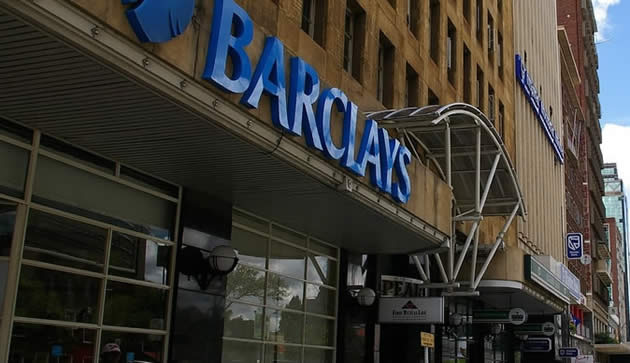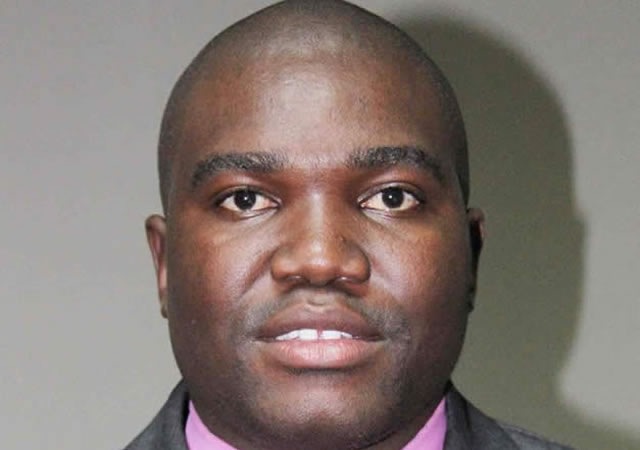Barclays reviews Africa strategy

LONDON/JOHANNEDSBURG. — Bob Diamond, the former chief executive of Barclays pushed Africa as one of the bank’s biggest growth opportunities. Now, his latest successor is considering making a full or partial exit from the continent. Jes Staley, the former JPMorgan Chase executive, who took over as Barclays CEO in December, and his chairman John McFarlane, have started consulting regional experts about the African business — which makes up one of the UK group’s four main divisions.
A decision to end the bank’s almost 100-year history of operating in Africa would mark a dramatic reshaping of the group by Mr Staley and prompt a significant shift in the landscape of South African banking.
Barclays Africa Group Limited, which includes the South African branch network Absa, is listed on the Johannesburg Stock Exchange and is 62 percent owned by the UK bank. It is one of the largest banks on the continent, with a R991 billion balance sheet, more than 40 000 staff and 1 267 branches across 12 countries.
On one level, the African unit is outperforming its parent. Last year, its net profits rose 10 percent to R13 billion, giving it a healthy return on equity of 16,7 percent.
However, when this is converted into Barclays’ accounts, it looks weaker for two reasons.
Firstly Barclays has to hold equity against the whole of its African business, as it is on the hook for all its liabilities if anything goes wrong. But the UK bank only includes 62 percent of the profits in line with its shareholding.
Secondly, the depreciation of the rand against the British pound — it has fallen 25 percent this year — drags the performance down further. The African unit’s return on equity at group level was 9,3 percent last year — below Barclays’ target of 11 per cent.
“As a standalone business the returns of the African operation are higher than the rest of the group through the cycle,” said Chirantan Barua, banking analyst at Bernstein.
“But it does not fit with the strategy, investors don’t pay you a premium for it and you don’t invest in it. So it makes sense to look at selling it.”
Some analysts, however, question the wisdom of selling at a low point in the cycle.
“This would leave a sell down of the stake which would crystallise losses and it is unclear whether Barclays would get any capital relief from the regulator until potentially below a 20 per cent stake,” the equity research team at Berenberg wrote in a note to clients.
Yet the outlook for Africa is deteriorating by the day as oil and commodity prices keep falling and China’s economy slows. The International Monetary Fund forecasts 3,75 percent growth for sub-Saharan Africa this year, the lowest level since 2009.
This month, Fitch downgraded South Africa’s credit rating to one notch above sub-investment grade and Standard & Poor’s cut its outlook to negative.
In addition, South Africa’s black economic empowerment rules mean that Barclays’ stake in its African business is capped at 75 percent. The UK bank has a minority of board seats and it has recently struggled to control its subsidiary.
Talks over a deal to sell Barclays’ Egyptian and Zimbabwean operations to its South African-listed subsidiary broke down this month, raising questions about the future of its operations in those two countries. — AFP.










Comments